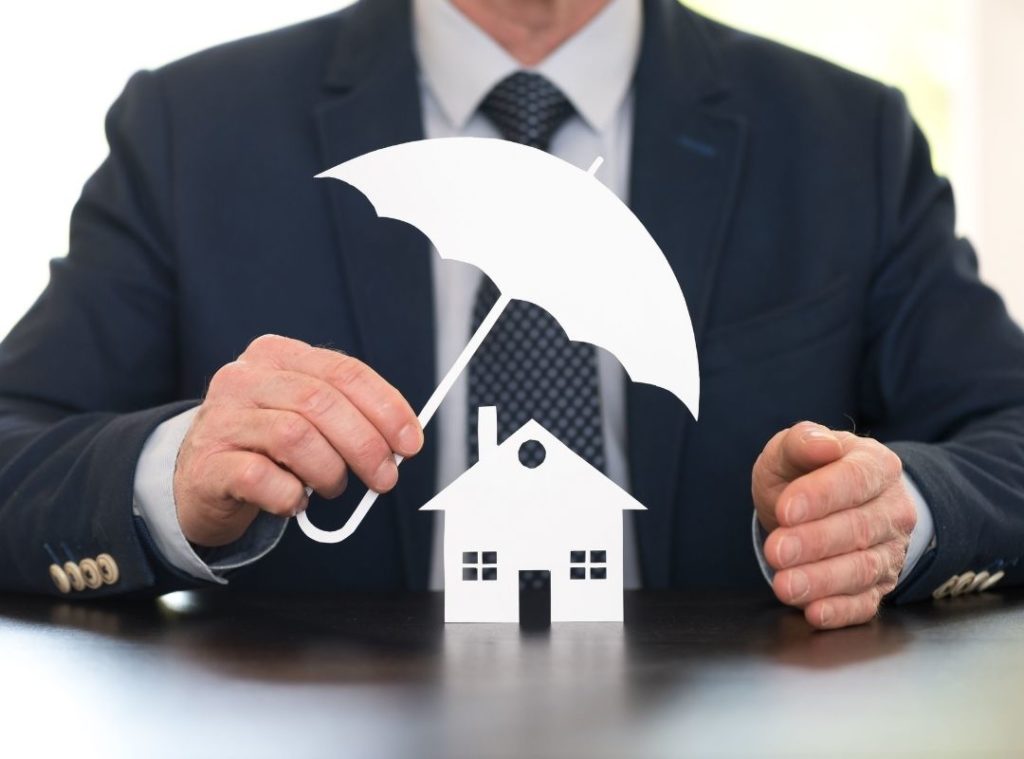The integrity of your home largely depends on the condition of your roof, a component too often overlooked. Regular maintenance and preventative measures for your roof not only ensure the safety and comfort of your household but also optimize your financial investment by extending your roof’s lifespan. This article delves into the essential practices for roof care, aiming to help you avoid common pitfalls that could lead to costly repairs or replacements.
Understanding the importance of your roof requires acknowledging the various threats it faces, from natural elements to gradual wear and tear. By taking a proactive stance, you can prevent minor issues from escalating into significant problems, saving money, and ensuring continuous protection over your head.
Understanding Your Roof: Materials and Lifespan
Every roof, regardless of its design, is a complex structure made up of various materials, each with its own typical lifespan. Common materials include asphalt shingles, metal, wood, and tiles. While metal might last longer than asphalt, for instance, it may also be more prone to rust or denting from hail. Knowing the expected lifespan of your roofing materials helps in planning effective maintenance, ensuring you get the most out of your roof’s potential.
Climate and environmental conditions significantly impact your roof’s health. For instance, homes in areas prone to heavy snowfall or hail need more frequent inspections for potential damage. Conversely, roofs in humid climates are more susceptible to moss and algae growth, which can undermine roofing materials. Recognizing the signs of a weakening roof, such as curling shingles, rust, or water stains inside your home, is crucial for timely intervention.
Regular Roof Inspections: A Proactive Approach
Routine professional inspections are a cornerstone of effective roof maintenance. These inspections can uncover issues that are often missed by the untrained eye, such as small hail impacts, the beginning stages of water damage, or shingle deterioration. By identifying and addressing these problems early, homeowners can avoid more significant damage and more costly future repairs.
The frequency of inspections may vary based on your location, weather conditions, and age of the roof. Generally, it’s advisable to have your roof inspected at least once a year. However, it’s wise to schedule additional checks after extreme weather events like heavy storms or hail. Optimal times for these inspections are usually during the spring and fall, following the harsh conditions of winter and the severe storms of summer.
Preventative Measures for Long-term Roof Care
Preventative maintenance involves several routine tasks. One key task is debris removal. Leaves, branches, and other debris can accumulate on your roof, leading to moisture retention and eventual water damage. By regularly clearing debris, you prevent standing water and the growth of mold and mildew, protecting the roofing materials.
Another critical aspect of roof care is maintaining your gutters. Clogged or damaged gutters can lead to water overflow and accumulation around the foundation of your home. This excess water can lead to leaks, mold, and even structural damage. Regular gutter cleaning, especially during periods of heavy leaf fall, helps maintain proper water drainage and protects both your roof and home’s structural integrity.
Addressing Minor Issues Before They Become Major Problems
Many homeowners overlook minor roofing issues, not realizing they can quickly escalate into major problems. Small leaks, missing shingles, or a bit of mold growth may seem insignificant but, if ignored, can lead to extensive water damage, structural issues, and costly repairs. It’s essential to address these problems promptly, whether it means applying a sealant to a small leak or replacing a few shingles.
While some minor repairs can be done by the homeowners themselves, it’s often best to consult a professional. DIY repairs can sometimes exacerbate a problem if not done correctly. If you notice an issue, take immediate steps like documenting any visible damage with photos and contacting a roofing professional to assess the situation. Quick action could mean the difference between a simple repair and a major renovation.

The Financial Benefits of Preventative Roof Maintenance
Regular roof maintenance might seem like an unnecessary expense, but it’s a wise investment in your home’s future. By spending a little on routine care, you save a lot in the long run. Preventative maintenance extends your roof’s life, delays the need for a replacement, and helps avoid costly repairs resulting from issues like structural damage or mold remediation.
Moreover, a well-maintained roof can impact your homeowner’s insurance claims positively. Insurance companies may deny claims if they determine that negligence or lack of maintenance caused damage. By keeping your roof in good condition, you’re also likely to enhance your property’s value, an important consideration if you plan to sell your home in the future.
Planning a Long-term Roof Maintenance Schedule
Creating and adhering to a long-term roof maintenance schedule ensures consistent care, which is key to extending your roof’s lifespan. This plan should include seasonal checklists that account for the specific needs during various times of the year, such as clearing gutters in the fall or checking for damage from winter storms in the spring.
Setting reminders for professional inspections is also crucial. These regular assessments can catch issues you might miss and provide an opportunity for professional advice on your roof’s condition. Customize your maintenance plan according to your roof’s age, material, and local weather patterns to provide the best care possible.
Professional Help: Choosing the Right Roofing Contractor
Selecting a reputable roofing contractor is as important as the maintenance itself. Look for credentials such as licensing, insurance, and significant experience. Positive customer reviews and recommendations from people you trust can also point you toward a reliable professional. Ensure you receive a detailed quote before work begins, and don’t hesitate to ask for clarification on any aspects you don’t understand.
Communication with your contractor is vital. Be clear about your expectations and concerns. A good contractor will be willing to discuss the specifics of materials, costs, and the timeline, ensuring you’re informed and comfortable with the maintenance plan. They should also provide a warranty on their work, offering peace of mind that you’re protected if issues arise post-repair.
In Conclusion
In conclusion, the proactive care of your roof through preventative measures and regular maintenance is a practical approach to safeguard your home. It’s not just about avoiding the inconvenience of repairs but also about securing your financial investment and the safety of your household. The peace of mind that comes from knowing your roof is in its best condition, capable of withstanding the elements, is invaluable.
For those seeking professional assistance in maintaining their roofs, Select Adjusters offers a comprehensive service grounded in expertise and customer satisfaction. With a commitment to excellence, Select Adjusters provides thorough inspections, maintenance, and repairs, ensuring your roof remains in prime condition year after year. Don’t wait for an emergency to give your roof the attention it deserves. Contact Select Adjusters today, and take the essential step in home protection.



